When Is Play Too Rough?

When is rough play too rough for dogs?
This is a common question I get from my puppy clients, so today I wanted to share some info.
As we sit and watch our puppies and dogs play, it can make your heart sing, but then as they get more and more excited, things can quickly change! At this point, many don’t know what to do….will they work it out, will they simmer down, or will it turn to aggression?
Keep reading, I am going to give you 4 tips to help you know how to gauge the situation.
But first, I need to mention. Dogs that live together learn each other’s play styles. They figure out how far they can push each other, and some of their moves can be perceived as dominant. When the dogs know each other, this may not escalate into a problem. However, when watching this same play with a new dog, it may not be taken kindly.
Regardless of housemates, or a new playdate, here are 4 steps to watch out for and bank your odds of success:
Body Placement. Are the dogs stretched out on the ground, maybe even upside down, lazily playing with each other? Chances are life it good, and nothing bad will come of this scenario. Are the dogs standing, jumping, and moving around (what we would call normal play)? Again, I would say, all is well. Finally, we have the “keep an eye on it” end of the spectrum, this would be where the dogs are rearing up, on hind legs, facing each other, maybe they are jaw sparing (think of thumb wars, with mouths). There may even be growling involved. Things may be just fine, but this more intense play needs to be monitored.
Speed. This can vary from slow-moving on the ground to zipping around the yard. Remember the faster the speed, the more reason to keep an eye on things. As adrenalin gets pumping, things can change and escalate quickly, especially if you are at a dog park with multiple dogs running around.
Tension. With happy play, dogs’ bodies wiggle, twist, and turn like a wet noodle. When they become tense, their bodies stiffen up. Tails can go from big low loopy wags, to looking like a flag pole straight in the air. A mouth that was open in a goofy grin, tongue hanging out, may change into a terse, closed mouth. You may see a dog freeze, standing still like a statue, if so, the tension is rising. If they resume play, with a nice bounce-back excellent, or at this stage, it could result in an aggressive incident.
Hard Stare. Watching a dog’s eyes can give you a good indicator of what is going on. If they have a soft eye, are looking around all is good. If they have a hard eye and are staring, you may need to intervein.
With all of these signs, if you see the potential for bad choices or a situation going south, interrupt their process. It is best to keep your tone happy, think of being more of a distraction than a disciplinarian. The reason for this is, if you go in with a harsh tone, your dog may feel the need to protect you because clearly to them, something is wrong. If you call them off the distraction and then play a fun game centered around you (this should include cookies, so they think it is worth their while to leave the group fun and come to you)
This is why we build in intentional breaks in play, to call off our dogs, have them give us a few simple behaviors, then off to play they go again. This creates a dog that is able to call off a situation easier than not. The more you practice, the easier it will be for your dog. Stick with it and get the results that you desire!
Looking for more training? Make sure to sign up for our Academy Waitlist. Be in the know when our doors open, so you can take your training to the next level, all from the comfort of your home.
************************************
CONNECT WITH ME!
If this post was helpful, please share on social media!


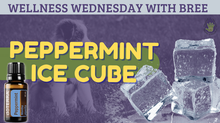



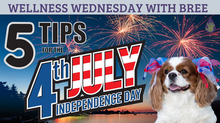

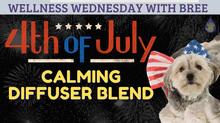
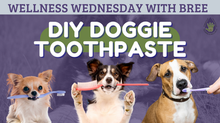
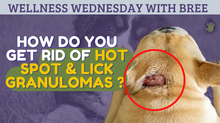
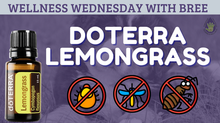













Comments